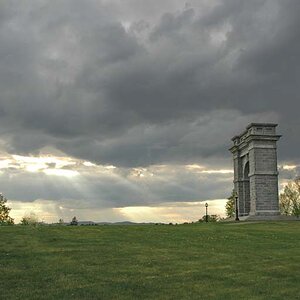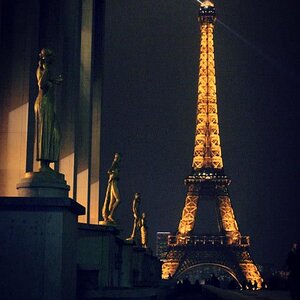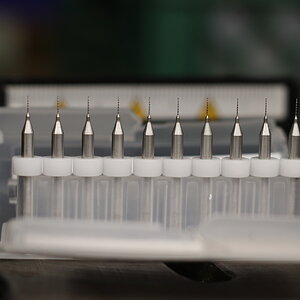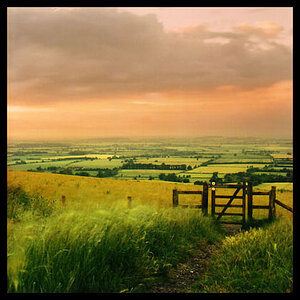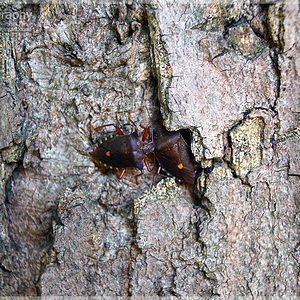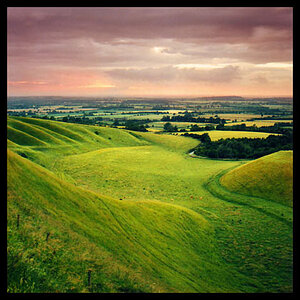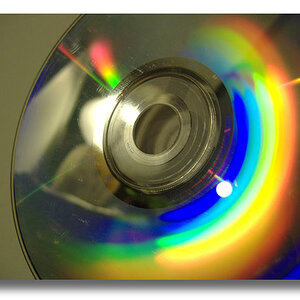lennon33x
No longer a newbie, moving up!
- Joined
- Jul 28, 2012
- Messages
- 605
- Reaction score
- 49
- Can others edit my Photos
- Photos NOT OK to edit
So I've been contemplating the pros and cons of speedlights vs strobes. One of the biggest incentives for me to use speedlights is portability and ease of use.
I currently use YN-560 IIIs with the 560-TX transmitter. Depending on the situation, I will sometimes use my PCB Cybersyncs to trigger the flashes, but the ease of use and reliability of the 560-TX has been pretty surefire.
My biggest issue is power. In this article by David Hobby, he talks about how if you add an extra flash, you double your light. But if you add a third flash, you only add 1/2 stop. So here is my question. In terms of power, a speedlight by most brands puts out about 60 Ws of light. If I'm only going up 2.5 stops by adding three lights, am I really only getting the equivalent of 150Ws instead of 180Ws.
I'm looking to really help increase my power at a wedding, but I would like to keep the portability easy. And if I can use multiple speedlights, versus one big expensive strobe that I have to find power for, and someone could possibly break, etc. etc., I'd like to keep that idea going.
I'd like other people's input on how they do receptions, etc.
Thanks!
I currently use YN-560 IIIs with the 560-TX transmitter. Depending on the situation, I will sometimes use my PCB Cybersyncs to trigger the flashes, but the ease of use and reliability of the 560-TX has been pretty surefire.
My biggest issue is power. In this article by David Hobby, he talks about how if you add an extra flash, you double your light. But if you add a third flash, you only add 1/2 stop. So here is my question. In terms of power, a speedlight by most brands puts out about 60 Ws of light. If I'm only going up 2.5 stops by adding three lights, am I really only getting the equivalent of 150Ws instead of 180Ws.
I'm looking to really help increase my power at a wedding, but I would like to keep the portability easy. And if I can use multiple speedlights, versus one big expensive strobe that I have to find power for, and someone could possibly break, etc. etc., I'd like to keep that idea going.
I'd like other people's input on how they do receptions, etc.
Thanks!


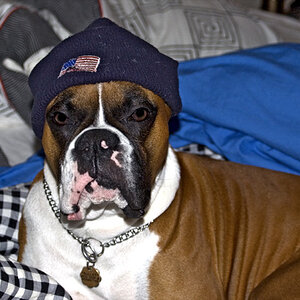
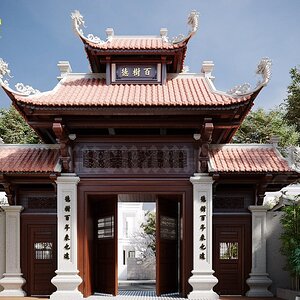
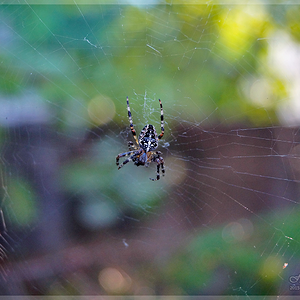
![[No title]](/data/xfmg/thumbnail/30/30873-79f4c5bc298110a994e9eed027728db8.jpg?1619734490)
